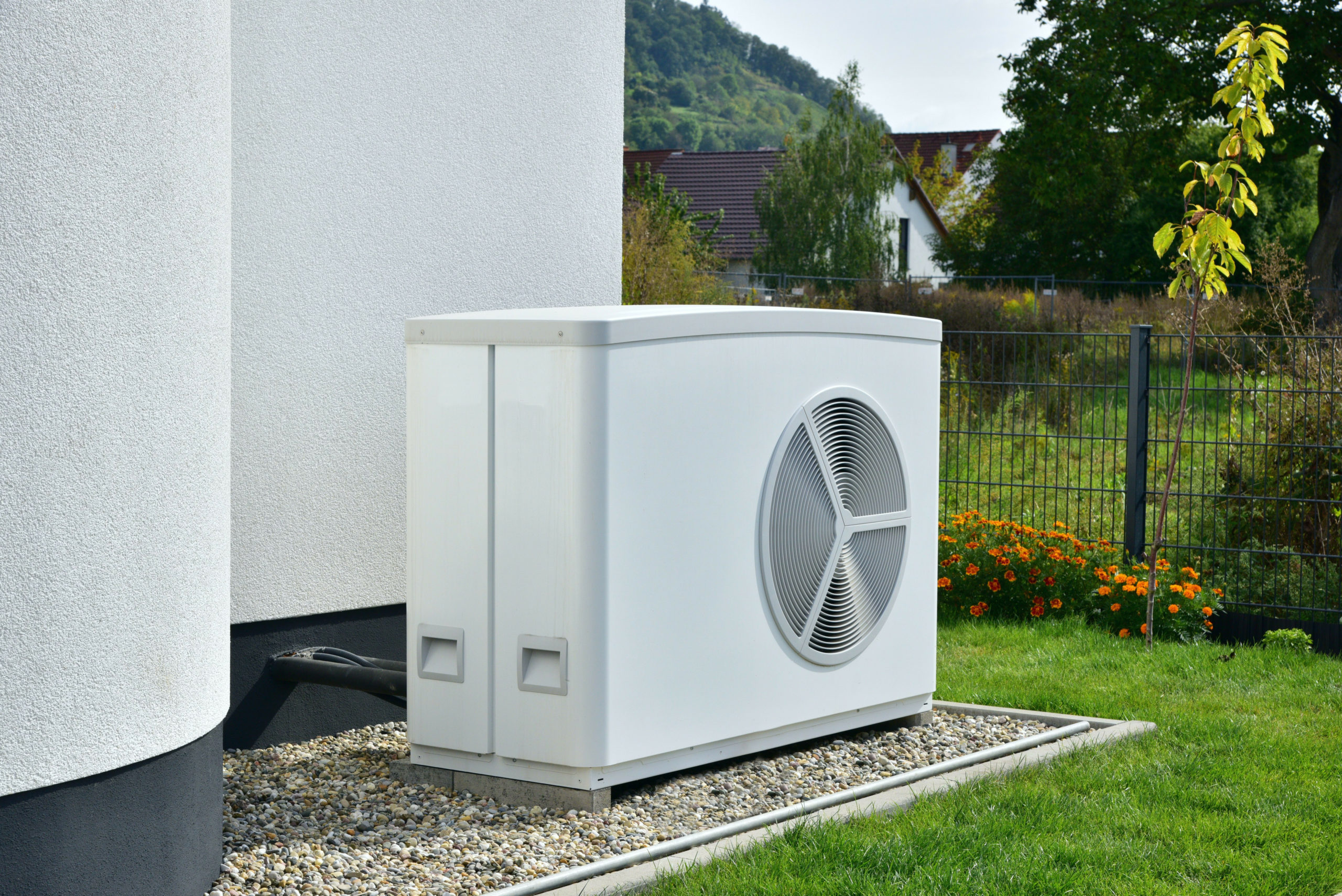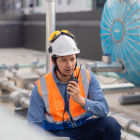The government has announced a new heat pump grant worth £5,000. From April 2022, homeowners in England and Wales will be supported in replacing their old gas boilers with low-carbon heat pumps. Heat pumps are not cheap, ranging from between £6,000 and £18,000, and therefore the grant is seen as a sweetener for an otherwise unattainable solution for many households in the UK.
The grant is part of the government’s ambition for all new heating systems installed in the UK by 2035 to be low carbon – another step towards a Net Zero 2050. Heat pumps work by pumping or transferring heat by using a compressor and a circulating structure of liquid or gas refrigerant, whereby heat is extracted from outside sources and pumped indoors.
Pumping the heat uses less electricity as compared to when electricity is solely used as a means to convert it. During the summers, the cycle can be reversed and the unit acts like an air conditioner.
We regularly recommend air source and ground source heat pumps in our SAP calculations. Great, but how can we get the best out of them? After all, it’s crucial that homeowners create an environment whereby the heat pump is most effective.
We’ve looked at 3 ways to get the most out of your heat pump:
Ensure Your Building is Airtight
Air tightness focuses on the removal of gaps and cracks in the external envelope of a building, through which air and therefore heating can escape. It’s key when looking to maintain a healthy, comfortable, energy efficient living environment.
These faults in construction can account for up to 50% of all heat losses through the external envelope of a building. There are many factors that can cause air leakage such as poor build design, poor workmanship, or indeed the inappropriate materials used.
For example, the levels of insulation and airtightness are often not optimised in older properties. This would cause the heat pump to operate at increased flow temperatures, resulting in lower efficiency and higher running costs. This will mean added cost in remedying these immediate fabric issues before installing an air source heat pump.
Here at JosTec, we can provide an air tightness test, pointing out the areas of leakage and explaining how to stop the air leaking out of your house. Even without the use of a heat pump, you will still see a huge saving on your energy bills.
Consider the Placement of Your Heat Pump
If you’re installing a heat pump in your home for the first time, there are two important things to bear in mind:
- The size of your heat pump
- The placement of your heat pump
For maximum energy efficiency, you should weigh up the size of your potential heat pump versus the size of the space you’re wanting to heat.
If your heat pump is too small, it will need to work harder to heat a room to your desired temperature. The strain of heating a space too large will mean your new heat pump will have a shorter shelf life, too. Not to mention, it will cost you more to run. If it’s too large, your heat pump will be less efficient as you’ll have to keep switching the unit off to stop it from overheating.
There are two main types of heat pumps used in the UK; air-to-air and air-to-water. Of these, air-to-water is the most commonly used and in these systems, the heat is transferred into a conventional ‘wet’ heating system, giving you hot water and central heating.
There are two types of air-to-water heat pumps: monobloc and split systems. A monobloc system has all the components in a single outdoor unit, with pipes carrying water to the central heating system and a hot water cylinder inside your home. A split system separates the components between indoor and outdoor units. Whether a monobloc or split system is right for you will depend on your budget and the space available.
Monobloc systems tend to be cheaper and quicker to install and don’t take up as much space in your home, although they are generally slightly less efficient than split systems. The efficiency gain from split systems comes from some of the heat transfer taking place inside the building where it is warmer, rather than outside.
Floor units are a sound option when wall space is at a premium or not available, such as a bedroom that may have artwork or shelves covering the walls.
Consider your desired airflow throughout your home, too. If the heat pump is installed facing a hallway, or doors to other rooms, you may benefit from heat flowing into those rooms. You could also opt for a ducted heat pump which hides the main system in your roof cavity and pumps warm air into various rooms through a series of ducts hidden discreetly in your ceiling.
This information should all be explained at greater length by the heat pump provider – so no need to panic if you do lack a little confidence in installation best practices.
Monitor Your Energy Consumption
Monitoring your energy consumption will enable you to calculate whether your heat pump is achieving the Seasonal Performance Factor (SPF) estimated by your installer. When looking to get the complete picture of how well your pump is working, you should monitor both your electricity bills and any other fuel still used for heating and hot water such as gas or oil.
It’s encouraging to see this incentive from the government – particularly in light of the Green Homes Grant being halted. It would appear in the eyes of the government that we’re somewhat on the other side of the pandemic, and once again willing to dedicate more funds to green initiatives.
However, it’s important that we install these technologies in environments that are going to get the best out of them in order for them to truly be sound investments.
JosTec Can Help
Thinking of using a heat pump in your home?
We provide multiple professional services that will support a successful installation.
We offer Air Tightness Testing, a key consideration when ensuring heat pumps are most effective. In addition, air source heat pumps can also create noise pollution, and we offer Noise Impact Assessments for a professional opinion on how they could affect neighbours.



